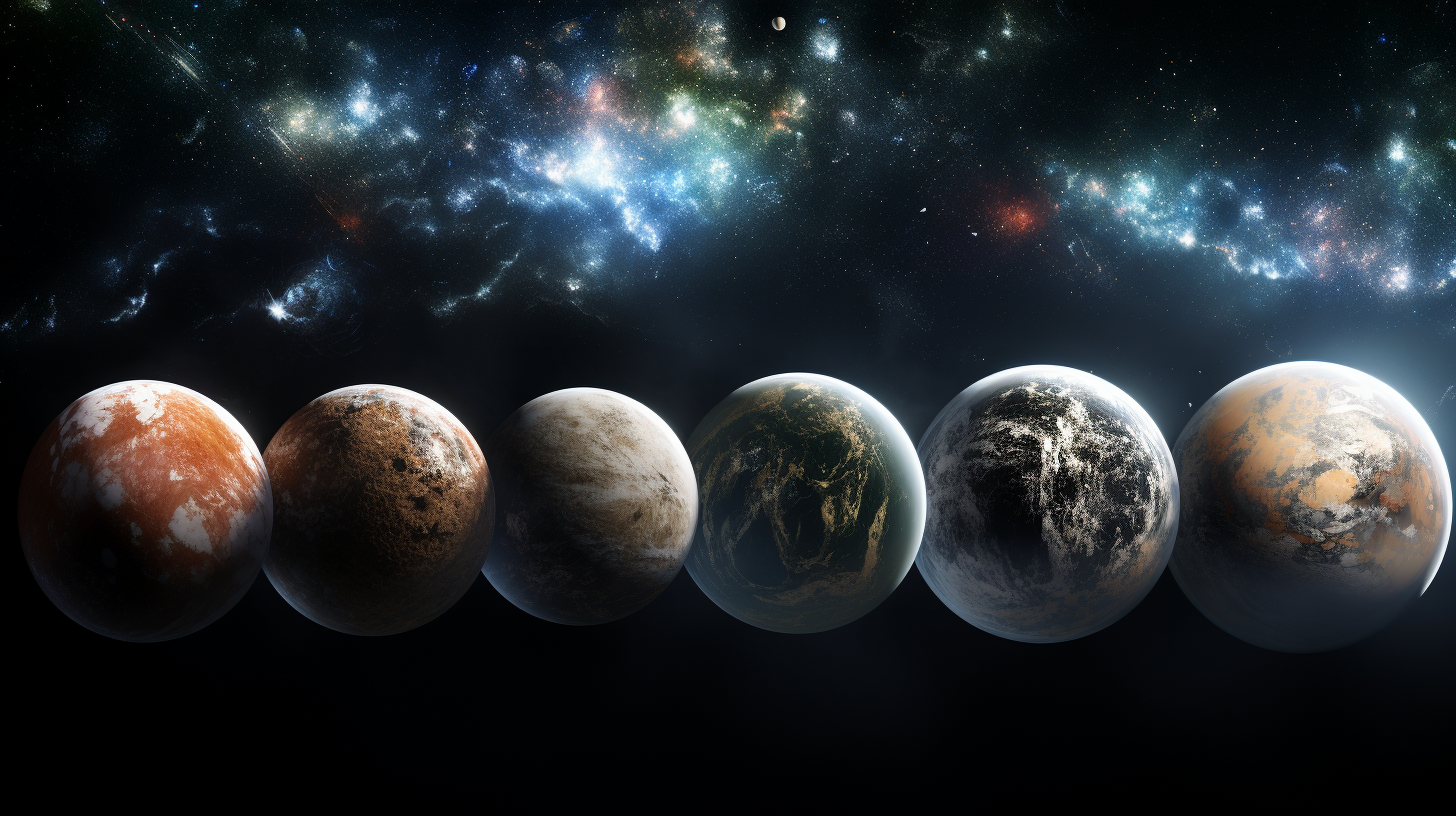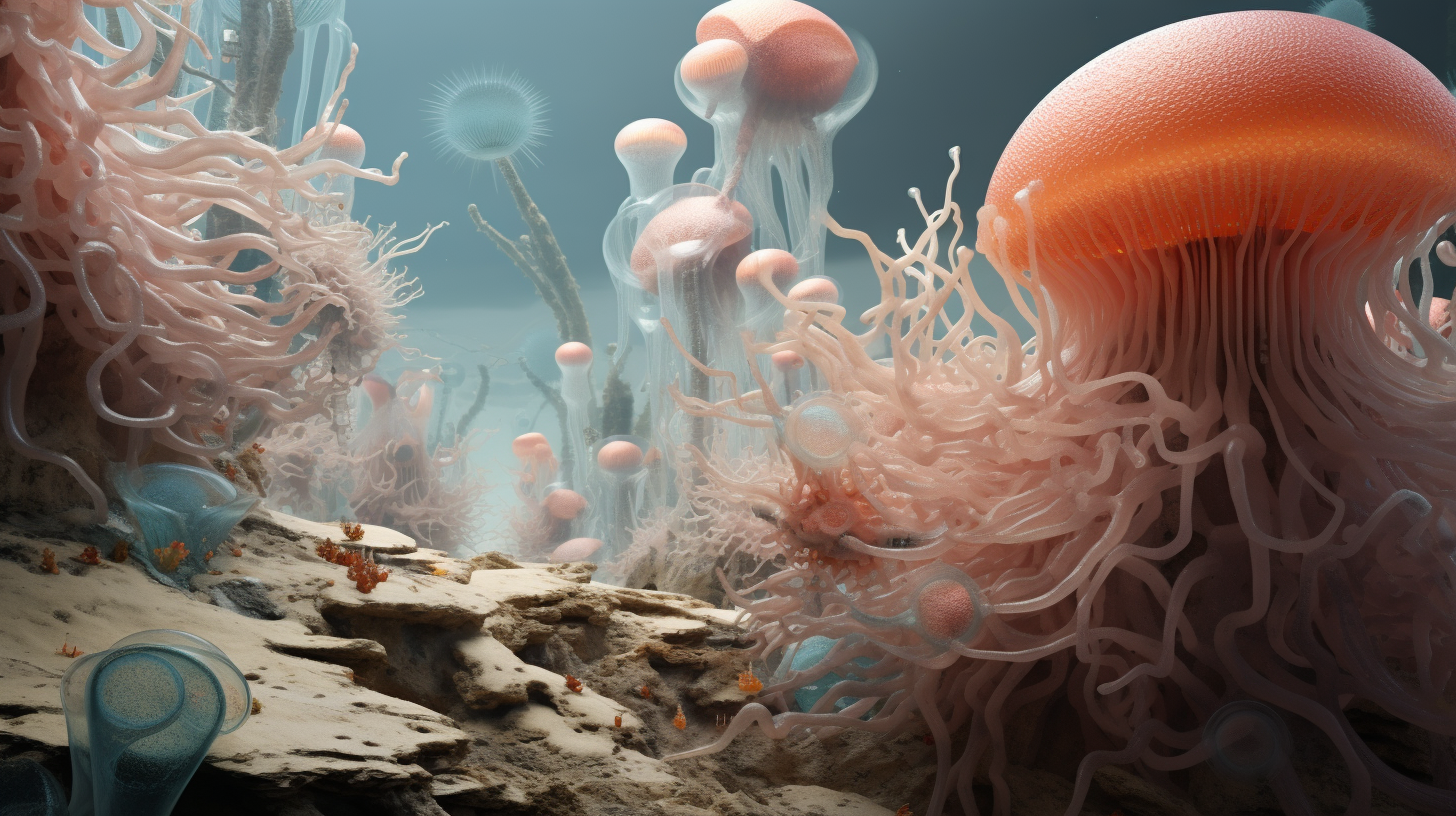The Hunt for Earth-Like Planets
Discovering Earth-like planets has always sparked our collective imagination. What if we’re not alone? As we scan the cosmos, the idea of finding a planet that mirrors our own, capable of supporting life, is both thrilling and profound.
In recent years, the hunt for these elusive worlds, known as exoplanets, which lie beyond our solar system, has intensified. This article looks at the cutting-edge technology astronomers use to uncover these distant twins of Earth and discuss the potential they hold for future generations.
Read on to understand what makes a planet “Earth-like,” and why finding one could be a game-changer for humanity’s place in the universe.
What Are Earth-Like Planets?
Definition of Earth-Like Planets
Earth-like planets, also known as terrestrial planets, are exoplanets that are similar in size, composition, and temperature to Earth. Finding life on one of these planets currently seems like our best bet, as a discovery here would reinforce our current theories of alien life.
These planets are situated in the habitable zone of their respective star systems, an area where conditions may be just right for liquid water, and potentially life, to exist. We call this the goldilocks zone. While the concept seems straightforward, identifying a true Earth analog involves intricate criteria.
While both share the commonality of water, Earth-like planets are different from ocean worlds. While we hunt for water on both, with ocean worlds, the focus is on sub-surface life.
Characteristics of Earth-Like Planets
When we’re looking for planets that resemble our own, we’re cautious to consider these core traits:
- Size and Mass: These planets are typically within a range that’s similar to Earth’s, allowing for a gravity that could support an atmosphere and potentially life as we know it.
- Orbit and Distance: An optimal distance from their star is crucial. Too close and water evaporates; too far and it freezes. The perfect balance allows for liquid water to exist on the surface.
- Atmospheric Conditions: An Earth-like planet should have an atmosphere with an appropriate balance of gases, such as nitrogen and oxygen, to support life similar to that on Earth.
- Geological Activity: Plate tectonics and volcanic activity may be indicators of a planet’s ability to recycle nutrients and support a stable climate over billions of years.
- Magnetic Field: A strong magnetic field, like Earth’s, could shield the planet from harmful solar and cosmic radiation providing a suitable environment for life to thrive.
These characteristics are not exhaustive but they’re essential factors that guide our search through the universe. As technology advances, we’re continuously refining what we know about these distant worlds and opening up greater possibilities for discovery.
The Search for Earth-Like Planets
Methods of Detecting Earth-Like Planets
Discovering exoplanets that share Earth’s characteristics involves sophisticated techniques honed by astronomers over years of research. We’ve made some remarkable strides in space observation and telemetry. To detect these elusive planets, we primarily rely on the following methods:
- Transit Photometry: This method captures the dimming effect that occurs when a planet transits, or passes in front of, its host star. A planet’s size and orbit can be inferred from the periodicity and depth of the transit.
- Radial Velocity: We measure shifts in a star’s spectrum to detect the gravitational tugs from an orbiting planet. The wobble of the star, due to the planet’s gravitational pull, hints at the planet’s presence and can reveal its mass.
- Direct Imaging: This technique involves taking pictures of planets directly, which is challenging due to the faintness of the planets compared to the bright stars they orbit. It’s more successful for planets far from their stars.
- Gravitational Microlensing: A less common but promising method, gravitational microlensing observes light from a background star that is temporarily made brighter by the gravity of an object, like a planet, passing in front.
Each technique contributes uniquely to our understanding of Earth-like planets, and when used in combination, they enhance the accuracy of our observations.
Promising Exoplanet Discoveries
With the advancement of technology, we’ve spotted numerous exoplanets that could have Earth-like qualities. These are but a few on the ever-growing list of promising candidates:
- Kepler-452b: Known as Earth’s cousin, this exoplanet orbits within the habitable zone of its sun-like star, which is about 1,400 light-years away from Earth.
- Proxima Centauri b: Orbiting the closest star to our Solar System, this exoplanet sits within the habitable zone and has a mass close to that of Earth’s, making it one of the most intriguing finds.
- TRAPPIST-1 Planets: This dwarf star hosts a system of seven Earth-sized planets, several of which are in the star’s habitable zone, posing exciting opportunities for the search for life.

The hunt for Earth-like planets triggers our imagination and fuels the desire for discovery. As our technology and methods evolve, so too does our potential to uncover the secrets of these distant worlds.
Habitability of Earth-Like Planets
Factors for Habitability
When we speak of a planet being habitable, we’re referring to its potential to support life as we know it. This consideration goes beyond mere resemblance to Earth in terms of size or temperature; it encompasses several critical factors:
- Orbital Region: A planet must orbit within the habitable zone, also known as the “Goldilocks Zone,” where conditions are not too hot or too cold but just right for liquid water to exist on the surface.
- Atmospheric Composition: The presence of an atmosphere with a suitable mix of gases such as oxygen, carbon dioxide, and nitrogen is essential for supporting life. These gases not only allow for respiration and photosynthesis but also provide a shield from harmful space radiation.
- Geological Activity: Plate tectonics and volcanic activity are indicators of a planet’s geological life. They play a vital role in the carbon-silicate cycle, regulating atmospheric carbon dioxide and, by extension, a planet’s climate over geological timescales.
- Magnetic Field: Earth’s magnetic field protects it from solar winds and cosmic radiation. Similarly, an Earth-like exoplanet would need a magnetic field to preserve its atmosphere and potentially habitable conditions.
- Liquid Water: As a solvent and a medium for chemical reactions essential for life, the presence of liquid water on a planet’s surface is possibly the most crucial habitability criterion.
Potential Life on Earth-Like Planets
Speculating about life on other planets is an intriguing aspect of astrobiology. If we assume that life develops in environments similar to those on Earth, several potentialities arise:
- Microbial Life: The simplest forms of life, similar to bacteria and archaea on Earth, might well thrive in the soil or oceans of Earth-like planets.
- Complex Organisms: On planets with conditions stable for billions of years, it’s conceivable that complex life forms, akin to plants and animals, could evolve.
- Intelligent Life: While it’s the most speculative, the possibility of intelligent life developing on a planet with Earth-like conditions cannot be entirely dismissed, though we’ve yet to find evidence for it.
- Adaptation to Extreme Conditions: Life on other planets might not only resemble that found in Earth’s most habitable zones but could also be adapted to extreme conditions like those in our planet’s most hostile environments.
In our quest to find Earth-like planets, we’ve opened the door to numerous possibilities and questions about the existence and nature of life elsewhere in the universe. The discovery of such planets serves not only as an exciting prospect for potential life but also provides a mirror through which we can better understand our own biosphere and its delicate balances. The ongoing research into these planets helps us appreciate the extraordinary set of conditions that make Earth hospitable for life.
Challenges of Studying Earth-Like Planets
Finding these planets isn’t easy. On the hunt for Earth-like planets, we’re confronted by a series of substantial obstacles that test the limits of our current capabilities.
These challenges not only hinder the pace at which we make discoveries but also affect the depth of our understanding of these distant worlds.
Distance and Accessibility
The obvious factor. Space. So much space. The vast distances that separate us from Earth-like planets pose significant challenges:
- Light Years Apart: Many of these planets are tens to hundreds of light years away, which means it can take decades or even centuries for robotic probes to reach them.
- Signal Delays: Communication between Earth and a distant spacecraft can experience delays that range from minutes to hours, complicating remote operations and data collection.
- Fuel Constraints: Current propulsion technology restricts the amount of fuel that can be carried on long-duration missions, limiting the distance spacecraft can travel and the speed at which they can do so.
- Resupply Limitations: There’s no possibility of resupply once spacecraft are en route to distant planets, necessitating complete self-sufficiency of the craft.
Limitations of Current Technology
Our present technological toolkit for studying Earth-like planets also comes with limitations:
- Telescope Resolution: Even the most powerful telescopes have a limited resolution, making detailed study of exoplanet surfaces impossible.
- Spectral Analysis: Analyzing atmospheric composition relies heavily on spectral analysis, which can be ambiguous or inconclusive without direct sampling.
- Data Interpretation: Distinguishing between natural signals and potential technosignatures needs advanced technology that can discern minute differences in data.
- Robotic Capabilities: We’re still developing robotics technology that can withstand the harsh conditions anticipated on many exoplanets.
Pushing the boundaries of space exploration requires not just advancements in technology but also a profound commitment to the scientific pursuit of understanding Earth-like planets.
Future Missions and Discoveries
Upcoming Space Missions
As we peer into the future, several space missions are ripe to leapfrog our current capabilities and bring us closer to revealing the mysteries of Earth-like planets.
These missions represent an amalgamation of international efforts, innovation, and sheer human curiosity. Here are some of the most anticipated projects:
- James Webb Space Telescope (JWST): Set to follow the footsteps of the Hubble Telescope, JWST aims to look further into the cosmos and analyze the atmosphere of exoplanets with unprecedented precision.
- Exoplanet Characterization Observatory (EChO): This mission is designed to study the chemical composition of exoplanetary atmospheres to determine their potential habitability.
- Transiting Exoplanet Survey Satellite (TESS): Building on the work of the Kepler mission, TESS’s prime objective is to search for exoplanets around the nearest and brightest stars.
Exploration Techniques and Tools
The evolution of exploration techniques and tools is crucial for enhancing our ability to dissect the mysteries of distant Earth-similar planets. These innovations will propel our knowledge forward:
- Spectroscopy: This technique remains paramount in deciphering the atmospheric compositions of exoplanets by studying the light from their stars.
- Direct Imaging: Advancements are being made to block out starlight to directly image exoplanets, permitting studies of their atmospheres and surfaces.
- Gravity Lensing: Using gravity as a natural lens to magnify distant objects, this method could potentially provide detailed observations of faraway exoplanets.
Beyond these techniques, we’ll see strides in artificial intelligence and machine learning to process the vast amounts of data collected by these missions. The synthesis of human ingenuity and autonomous technologies holds the key to future breakthroughs. As we advance, our exploratory tools will become more refined, opening doors to discoveries that today we can hardly imagine.
Exciting Times Ahead
We stand on the brink of a new era in exoplanet exploration. With cutting-edge tools at our disposal and more on the horizon, we’re equipped to investigate deeper into the mysteries of Earth-like planets. The James Webb Space Telescope and its contemporaries promise to illuminate worlds billions of miles away, offering insights that were once the realm of science fiction. As we harness the power of artificial intelligence to sift through cosmic data, we’re not just searching for planets; we’re seeking out potential cradles of life, echoes of our own Earthly home. Our journey is far from over, and every discovery brings us closer to answering the age-old question: Are we alone in the universe?






